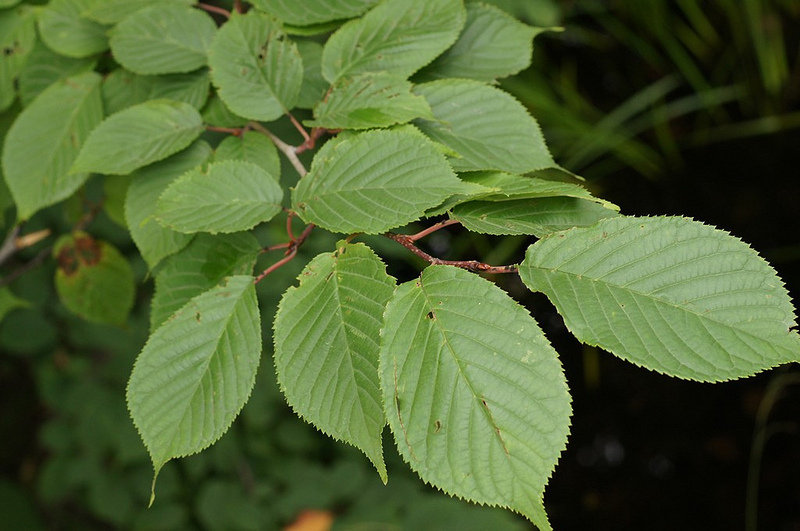Flowering Cherry : Natural History
Cherry trees have existed in Japan since ancient time. Flowering cherries are a common wild tree in Japan, thriving in a vast array of climates and settings. The varieties are endless and easily surpass 200 separate strains when including hybrids. Focusing on the flowering cherries of Vermont, the most prevalent candidate is the Prunus sargentii. This variety is commonly known as the North Japanese Hill Cherry because is has a tendency to grow at higher altitudes in the mountainous regions of Japan (Kuitert, 1999). The sargentii is also indigenous to many other countries such as China, India, and Korea ("Japanese Cherry Blossom Trees," 2010).
In Japanese culture, flowering cherries such as the Prunus sargentii have never been widely cultivated in an agricultural manner. In most situations the tree will stand as a singular being, spread out from one another, but never fully isolated. They prefer to find an area with a lot of sunlight. Areas where a tree has fallen or large open fields like graveyards and religious land are perfect for cherry propagation (Kuitert, 1999). Though widely classified as an ornamental, the flowering cherry does produce small drupes, seeds covered by a layer of fleshy material. Drupes are common to the entire Prunus genus (Armstrong, 2009). The cherry tree can easily grow from bird droppings containing seeds in these open areas, bringing life back to the forest. Migratory patterns of birds in Japan are strongly correlated to the dispersal of wild cherries in Japan, signaling a type of codependence between these organisms (Kuitert, 1999).
Due to its size, the North Japanese Hill Cherry stands out from many other flowering cherries. It is common for them to reach up to 18m in height with a classic ovate shape. The tree can become quite wide, creating a prominent silhouette in the landscape. Leaves are rough and serrated at the edges, with a pronounced whitish color on the underside (Kuitert, 1999). The bark has a shiny red-brown finish with characteristic horizontal lenticels, long slash-like marks ("Prunus sargentii," 2012). Blossoms are a magnificent pink color and will often bloom in April and a second time during the fall in the Tokyo area. Despite some identifying characteristics, it is often difficult to pinpoint the exact species of flowering cherry. In the mountainous regions of Japan, there are a lot of isolated areas where different varieties easily interbreed creating fertile hybrids. Hybrids are able to fertilize other hybrids creating more diversity (Kuitert, 1999).

